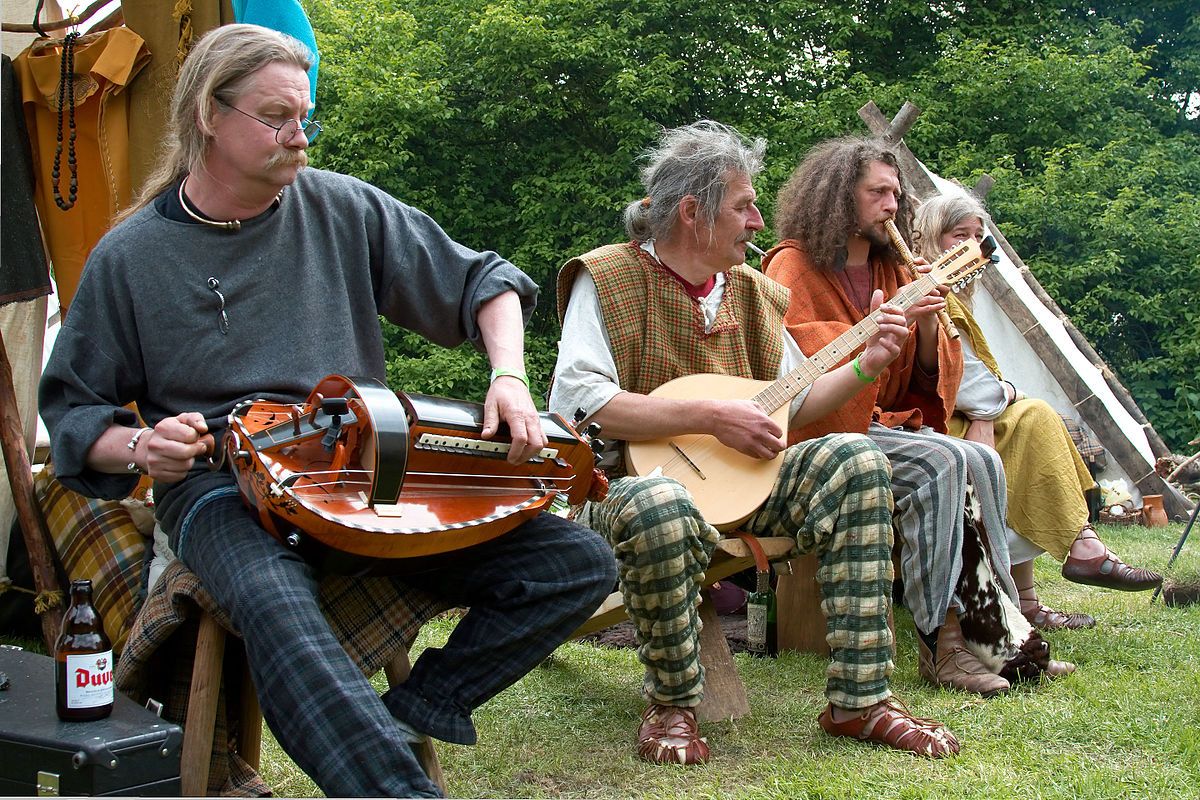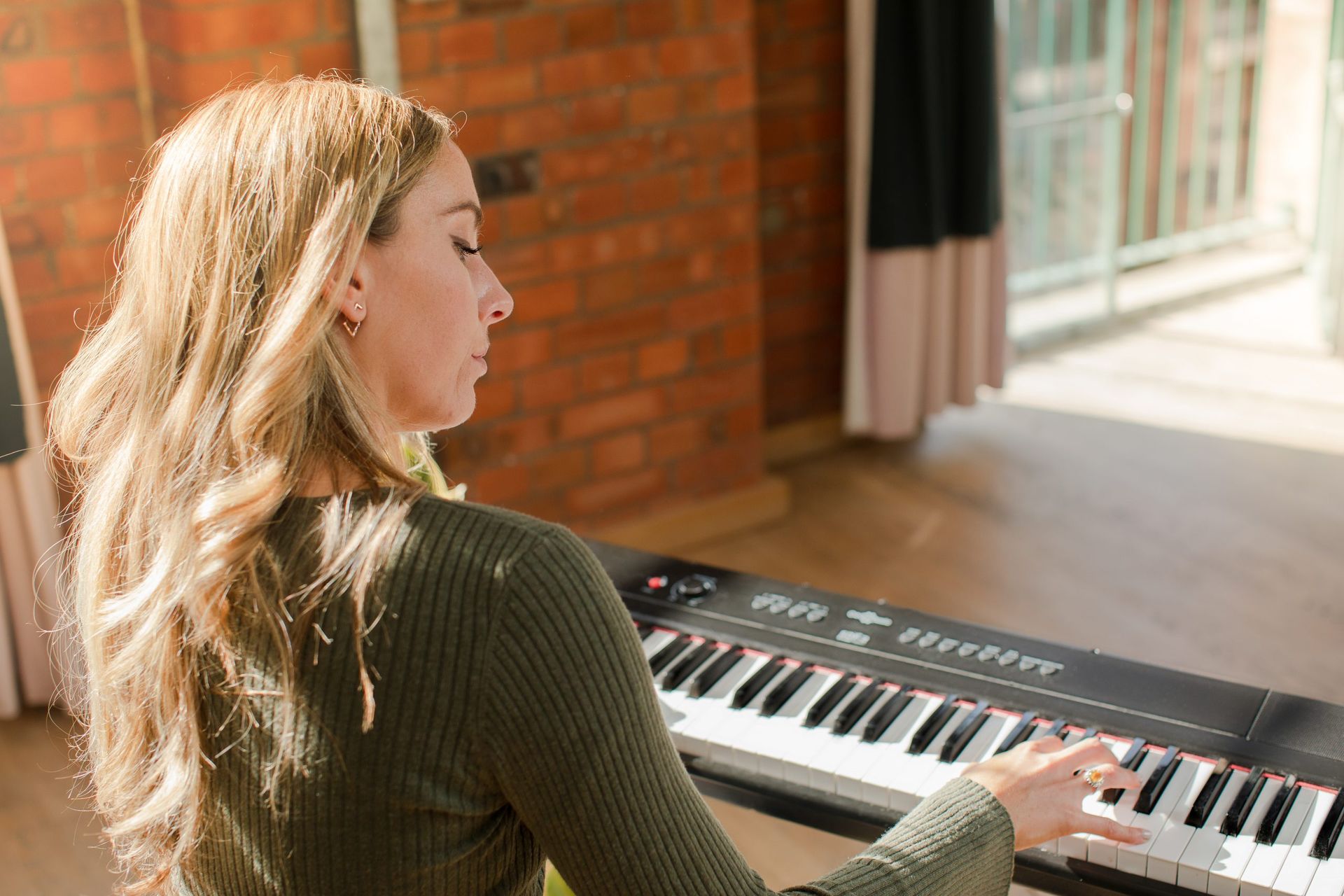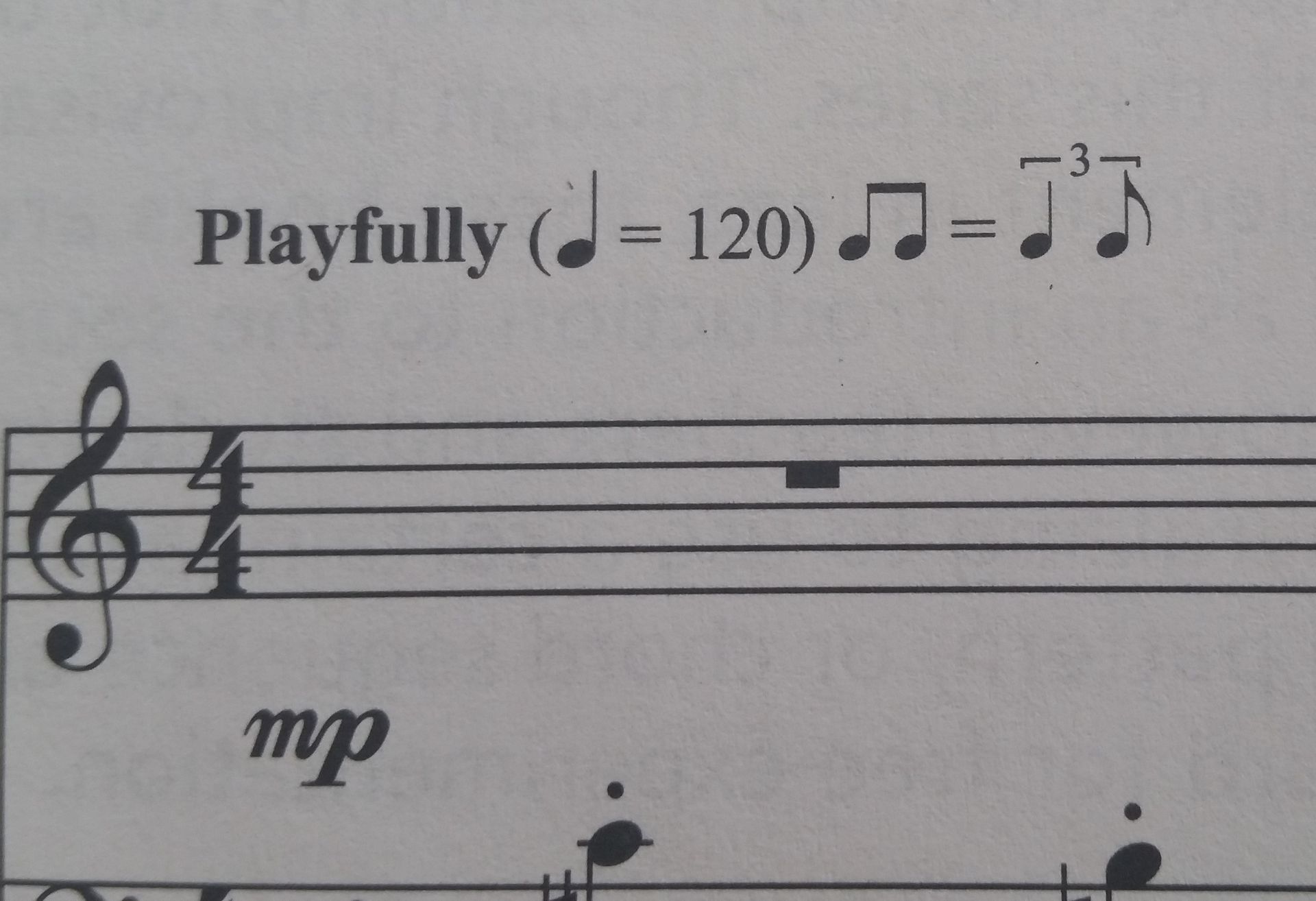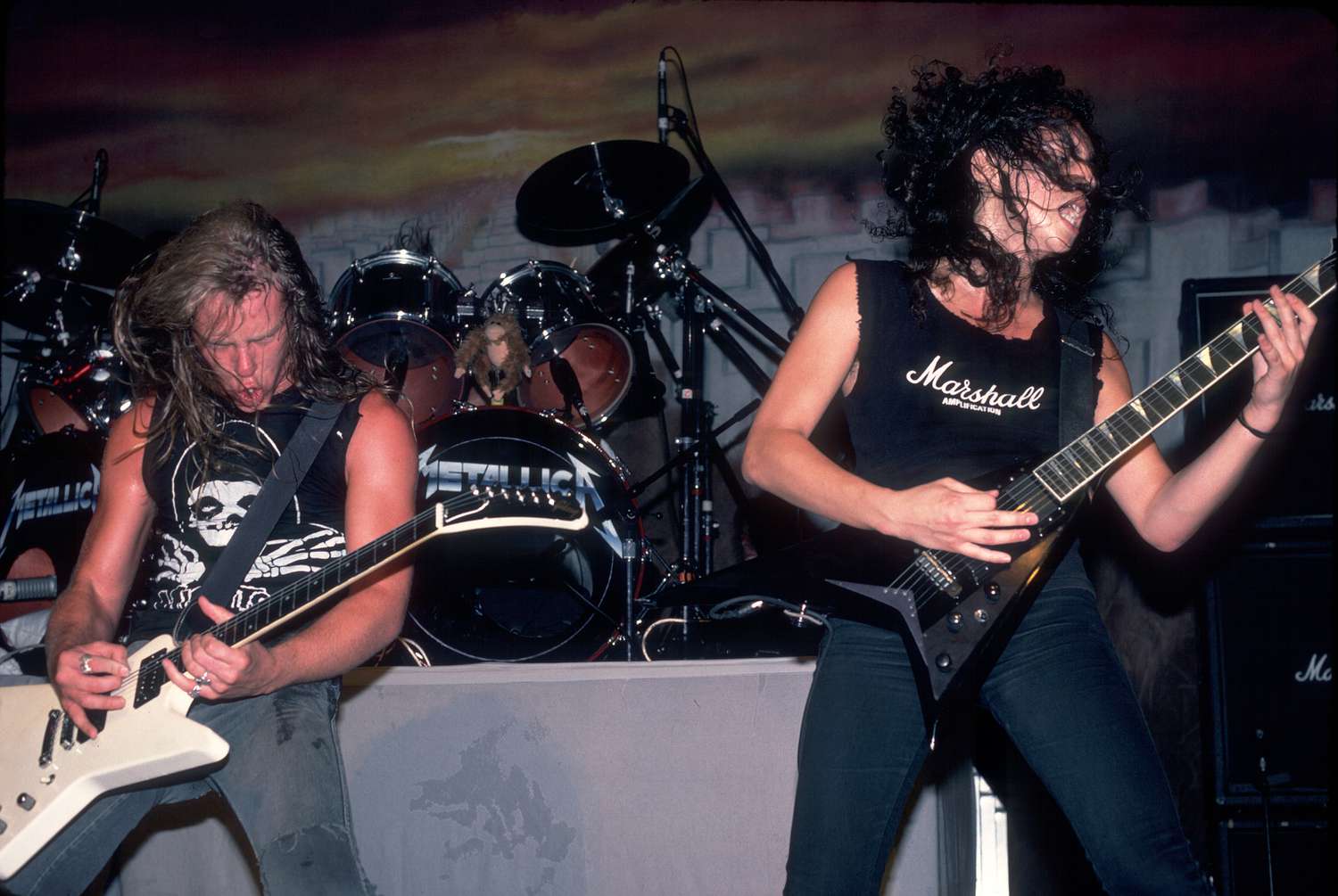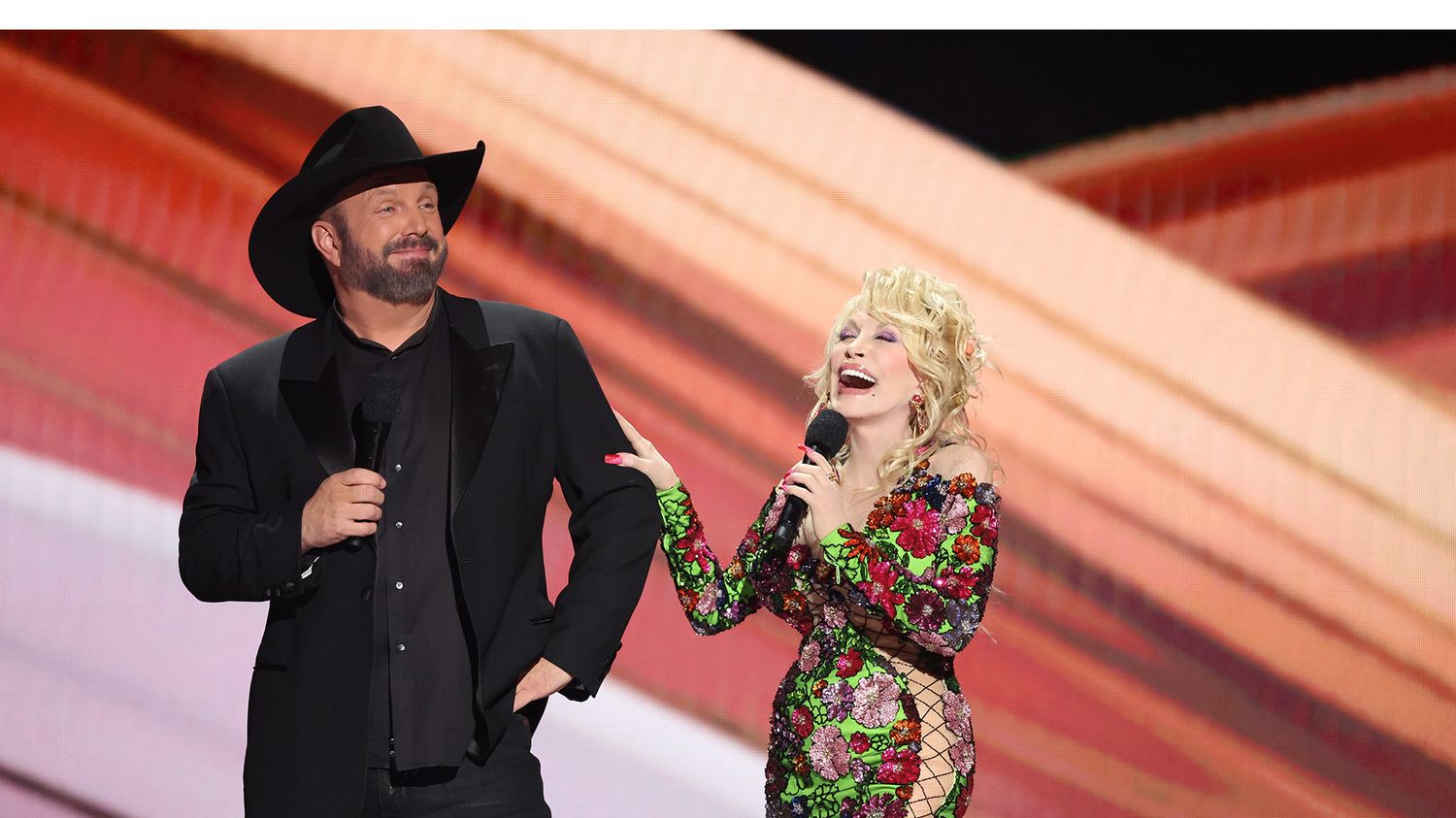Home>Production & Technology>Tempo>What Tempo Is Country Music


Tempo
What Tempo Is Country Music
Modified: January 22, 2024
Discover the perfect tempo for country music and learn how it sets the rhythm for this beloved genre. Enhance your understanding of country music's unique pace.
(Many of the links in this article redirect to a specific reviewed product. Your purchase of these products through affiliate links helps to generate commission for AudioLover.com, at no extra cost. Learn more)
Table of Contents
Introduction
Country music is a beloved genre that has captivated audiences around the world. From its humble origins in the rural regions of the United States to its global popularity today, country music has evolved and diversified, encompassing various subgenres and styles.
In this article, we will explore the world of country music through the lens of tempo. Tempo is a fundamental aspect of music that refers to the speed at which a piece is played. It has a significant impact on the emotional and energetic qualities of a song, and country music is no exception.
Through a combination of historical context, musical characteristics, and contemporary trends, we will delve into the role of tempo in country music. From the heart-rending ballads to the foot-stomping anthems, tempo plays a vital part in shaping the distinctive sound and appeal of country music.
So join us on this musical journey as we uncover the secrets of tempo in country music and gain a deeper understanding of its influence on this beloved genre.
The Origins of Country Music
Country music traces its roots back to the early 20th century in the Southern United States. It emerged from a blend of folk music, traditional ballads, and the musical traditions of various immigrant groups, including the Scots-Irish, English, and African Americans.
During this time, rural communities relied heavily on music as a means of entertainment and storytelling. With limited access to formal training and instruments, these early musicians created their own unique sounds using instruments such as the guitar, banjo, fiddle, and harmonica.
Country music was initially called “hillbilly music” and gained popularity through live performances at local barn dances, community gatherings, and radio broadcasts. The music focused on themes of love, heartache, loss, and the experiences of everyday life in rural America. It reflected the struggles, joys, and aspirations of the working class, resonating with a wide audience.
In terms of tempo, the early country music songs featured a moderate pace, often evoking a sense of nostalgia and melancholy. The use of slower tempos allowed the lyrics and emotions of the songs to take center stage, creating a deeply intimate and personal listening experience.
As the genre continued to evolve, country music began to incorporate elements from other genres such as blues, gospel, and rock and roll. This fusion led to the emergence of various subgenres within country music, each with its own unique characteristics and tempo.
From the early pioneers of country music like Jimmie Rodgers and The Carter Family to the modern-day superstars such as Garth Brooks and Carrie Underwood, the genre has undergone significant transformations while maintaining its authentic storytelling roots.
Next, let’s explore the musical characteristics of country music and how they relate to the tempo of the songs.
Musical Characteristics of Country Music
Country music is characterized by its distinct musical elements that contribute to its signature sound. Understanding these characteristics helps us appreciate the role of tempo in country music.
Lyrics: One of the defining features of country music is its emphasis on storytelling. The lyrics of country songs often convey personal experiences, emotions, and observations about life, love, and the human condition. These heartfelt narratives are brought to life through the expressive delivery of the singers.
Instruments: Country music typically features a range of instruments, including acoustic and electric guitars, banjos, fiddles, pedal steel guitars, and drums. Each instrument adds its own flavor to the music, complementing the vocals and contributing to the overall sound. The choice of instruments and their specific playing styles can influence the tempo and energy of a country music song.
Vocals: Country music is synonymous with heartfelt vocal performances. The singers often use a distinct vocal style characterized by a twang or drawl, adding an authentic and rustic texture to the music. The tempo of the song can affect the way the vocals are delivered, influencing the emotional impact and energy of the performance.
Harmonies: Country music frequently incorporates harmonies, which enhance the richness and depth of the sound. Harmonies can range from simple two-part harmonies to intricate vocal arrangements, adding a sense of unity and emotional resonance to the music. The tempo plays a role in how these harmonies are structured and executed.
Rhythmic Patterns: The rhythmic patterns in country music are often rooted in traditional folk and blues influences. The use of steady rhythms, syncopation, and occasional breaks and fills contribute to the groove and drive of the music. The tempo sets the pace for these rhythmic patterns, determining the energy and feel of the song.
These various musical characteristics work in tandem to create the distinct sound and emotional connection that is unique to country music. The tempo of a country song plays a crucial role in shaping the overall vibe and enhancing the storytelling aspect, allowing the listener to fully immerse themselves in the narrative.
Next, let’s explore how tempo has evolved in country music over the years.
Tempo in Country Music
Tempo is a powerful tool in music, and country music is no exception. Through changes in tempo, country musicians can evoke different emotions, convey energy, and enhance the overall listening experience.
In the early stages of country music, ballads were prevalent, characterized by slower tempos that allowed the lyrics to take center stage. These ballads often told heart-wrenching stories of love, loss, and hardships. By setting a slower tempo, these songs created a somber and contemplative mood, enabling listeners to connect deeply with the emotions being portrayed.
However, not all country songs adhere to a slow tempo. Honky-tonk, a subgenre of country music popularized in the 1940s and 1950s, introduced faster tempos and upbeat rhythms. Honky-tonk songs were typically lively, driving, and danceable, allowing people to let loose and enjoy themselves. This shift in tempo brought a new dynamic to country music, appealing to a broader audience and influencing the evolution of the genre.
As country music continued to evolve through the decades, artists experimented with a wider range of tempos. From the toe-tapping rhythms of rock-influenced country songs to the mellow and introspective melodies of contemporary country ballads, tempo became a versatile tool for conveying different moods and styles within the genre.
Tempo also plays a role in defining various subgenres within country music. For example, bluegrass music, with its rapid-fire tempos, showcases virtuosic instrumental playing and intricate vocal harmonies. On the other hand, outlaw country, characterized by its rebellious nature, often features mid-tempo songs with an edgy and defiant energy.
The tempo of country music is closely tied to the cultural and societal context in which it is created. It reflects changing tastes, preferences, and trends, while still honoring the traditional roots of the genre. By experimenting with tempo, country musicians continually push the boundaries of what defines modern country music.
Next, let’s explore the evolution of tempo in country music and how it has shaped the genre’s contemporary landscape.
The Evolution of Tempo in Country Music
The evolution of tempo in country music mirrors the changing landscape of the genre itself. As country music evolved from its traditional roots to a more diverse and mainstream appeal, the tempo of the songs underwent significant transformations.
In the early years of country music, as discussed earlier, the tempo predominantly revolved around slower ballads that focused on storytelling and emotional depth. This tempo choice allowed for a profound connection with the lyrics and created an intimate listening experience. Artists like Hank Williams and Patsy Cline became synonymous with these heartfelt ballads, capturing the hearts of fans worldwide.
However, as country music gained popularity and started to reach broader audiences, the tempo started to shift. The rise of honky-tonk music in the 1940s and 1950s brought a more upbeat and fast-paced style to the genre. Icons like Hank Williams, Lefty Frizzell, and Buck Owens introduced lively rhythms and danceable tunes that appealed to a wider range of listeners.
With the advent of the Nashville Sound in the 1960s, country music underwent further changes in tempo. The Nashville Sound brought a smoother and polished production style, often blurring the lines between country and pop. It featured a mix of mid-tempo and up-tempo songs that incorporated lush orchestration and background vocals. This shift in tempo aimed to make country music more palatable to mainstream audiences and expand its commercial appeal.
In subsequent years, country music continued to diversify, with artists like Willie Nelson and the Outlaws movement embracing a more rebellious and gritty sound. Their music often featured a blend of mid-tempo and up-tempo songs, characterized by a raw energy that captivated audiences and inspired a new generation of country artists.
As the digital age took hold, country music experienced yet another evolution in tempo. The influence of rock, pop, and R&B became more prominent, leading to the emergence of a subgenre known as country-pop. This fusion brought lively and energetic tempos to the forefront, resulting in catchy, radio-friendly hits that dominated the charts.
In recent years, country music has become even more diverse and inclusive, with artists like Kacey Musgraves and Chris Stapleton pushing the boundaries of the genre. Their music can incorporate a range of tempos, from slow, soulful ballads to high-energy anthems, showcasing the versatility and experimentation within modern country music.
Overall, the evolution of tempo in country music highlights the genre’s ability to adapt and evolve with changing times and tastes. From the heartfelt ballads to the foot-stomping anthems, tempo remains a crucial element in shaping the sound and appeal of country music.
Next, let’s explore the contemporary trends in country music tempo and how artists are pushing the boundaries of the genre.
Contemporary Trends in Country Music Tempo
As country music continues to evolve, contemporary artists are exploring new avenues and pushing the boundaries of tempo within the genre. These innovative approaches to tempo reflect the ever-changing landscape of country music and cater to the diverse tastes and preferences of today’s listeners.
One notable trend in contemporary country music is the incorporation of elements from other genres, particularly pop and rock. This fusion has led to the emergence of a subgenre known as “bro-country,” characterized by high-energy tempos, catchy hooks, and infectious beats. Artists like Florida Georgia Line, Luke Bryan, and Sam Hunt have embraced this trend, producing songs that are upbeat, energetic, and perfect for a night out or summer drives.
Conversely, there is a growing movement in modern country music that embraces a return to traditional roots. Artists like Chris Stapleton, Ashley McBryde, and Sturgill Simpson have gained popularity by infusing their music with introspective lyrics and soulful melodies. These artists often choose a slower tempo to emphasize the emotional depth and authenticity of their songs, drawing listeners in with their raw and heartfelt performances.
Another contemporary trend is the blurring of genre boundaries, merging country with elements of other musical styles such as pop, R&B, and even hip-hop. This blending of genres results in an eclectic mix of tempos, with some songs leaning towards a more rhythmic and up-tempo vibe, while others maintain the traditional slower-paced country feel. This trend can be seen in the work of artists like Kacey Musgraves, Kane Brown, and Lil Nas X, whose hit song “Old Town Road” became a crossover sensation.
In addition to these trends, it is worth noting the influence of technology on tempo in country music. With advancements in music production and recording techniques, artists have more flexibility and control over the tempo of their songs. They can experiment with the use of digital instruments, electronic beats, and studio effects to create unique sonic landscapes that push the boundaries of traditional country music. This blending of traditional and contemporary sounds allows for a wide range of tempos in modern country music.
Overall, contemporary trends in country music tempo reflect a balance between tradition and innovation, as artists strive to captivate audiences with their unique blend of influences and styles. Whether it’s the high-energy anthems that get people on their feet or the heartfelt ballads that stir emotions, country music tempo continues to evolve and captivate audiences around the world.
Now, let’s conclude our exploration of tempo in country music.
Conclusion
Tempo plays a crucial role in shaping the sound, emotion, and overall appeal of country music. From its origins in heartfelt ballads to the high-energy anthems of today, country music has evolved and diversified in terms of tempo, allowing artists to tell their stories and connect with audiences in unique ways.
The origins of country music were rooted in slower tempos, allowing for intimate storytelling and emotional depth. As the genre gained popularity, faster and more upbeat tempos, such as those found in honky-tonk and modern country-pop, were introduced to cater to a broader audience.
Over the years, the tempo of country music has continued to evolve, mirroring the changing tastes and preferences of listeners. Artists have explored a wide range of tempos, incorporating elements from different genres and experimenting with new sonic landscapes.
Contemporary trends in country music showcase a diverse range of tempos, from the energetic and infectious beats of bro-country to the soulful and introspective melodies of artists embracing a return to traditional roots. The blurring of genre boundaries and the influence of technology have further expanded the possibilities of tempo in country music.
Through it all, tempo remains a powerful tool in country music, allowing artists to convey different emotions, energy levels, and styles. It enhances the storytelling aspect, draws listeners in, and creates a unique connection between the music and its audience.
As country music continues to evolve, it is certain that the exploration of tempo will play a significant role in its future. Artists will continue to blend influences, experiment with new sounds, and push the boundaries of the genre, creating music that resonates with fans around the world.
So, whether you’re tapping your foot to an up-tempo country anthem or getting lost in the heartfelt lyrics of a slow ballad, remember the importance of tempo in country music, as it adds depth, emotion, and authenticity to this beloved genre.
Thank you for joining us on this journey through the world of tempo in country music. Keep listening and enjoying the rich tapestry of sounds that country music has to offer.




